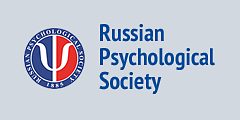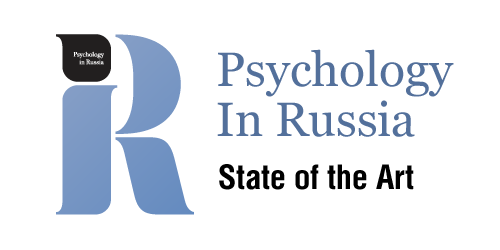Zlobina, M.V.

Research Associate at the Laboratory of the Study of Moral Behavior, Senior Lecturer at the Section of Personality Psychology, V. Zelman Department of Medicine and Psychology, Novosibirsk State University.
-
Self-reported Conformity within the Structure of Personality DispositionsLomonosov Psychology Journal, 2025, 2. p. 188-216read more913
-
Background. The growing research interest in the phenomenon of conformity leads to the necessity of studying individual factors influencing its manifestation. These factors include, but are not limited to, personality dispositions. The current data on the relationship between personality characteristics and conformity remain contradictory.
Objective. The goal is to analyse the relationship between different types of self-reported conformity and personality dispositions as well as to validate the scale of moral conformity in the virtual environment.
Study Participants. The study involved 287 subjects aged 18 to 55 years (M = 24.2, SD = 9.3), 215 women and 72 men. 30 people from the sample (M = 19.1, SD = 2.77) took part in a retest to assess the test-retest reliability of the virtual moral conformity scale.
Methods. The following instruments were used in the study: Mehrabian and Stefl Conformity Scale; the author's scale of moral conformity in virtual environment; a series of 14 specially designed hypothetical scenarios containing conflict situations and suggesting two possible solutions (in favor of the individual or in favor of the group); short form of the Eysenck Personality Inventory; the Dirty Dozen questionnaire.
Results. A scale of moral conformity in a virtual environment was tested. A positive relationship was found between the indicators of self-reported conformity and the indicators of neuroticism, psychopathy, Machiavellianism, psychoticism, and narcissism. However, when controlling for the narcissism indicator, the relationships between moral conformity in a virtual environment and neuroticism and Machiavellianism were insignificant; when controlling for the psychopathy indicator, the relationship between psychoticism and the tendency to choose antisocial conformist responses was insignificant. It was shown that there were significant relationships between all indicators of self-reported conformity, which gave grounds to assume the potential presence of a common latent factor of conformity. However, further analysis showed that the structural model of self-reported conformity without a common latent factor fits the data better than the model including the latent factor. This result suggests that different types of self-reported conformity may represent independent aspects of conformity behaviour rather than manifestations of a single, common trait.
Conclusions. The obtained results provide evidence for the existence of independent types of self-reported conformity and also confirm the presence of relationships between different indicators of self-reported conformity as well as the relationships between self-reported conformity and personality dispositions.
Keywords: conformity; self-reported conformity; moral conformity; personality traits; moral conformity in the virtual environment DOI: 10.11621/LPJ-25-17
-









